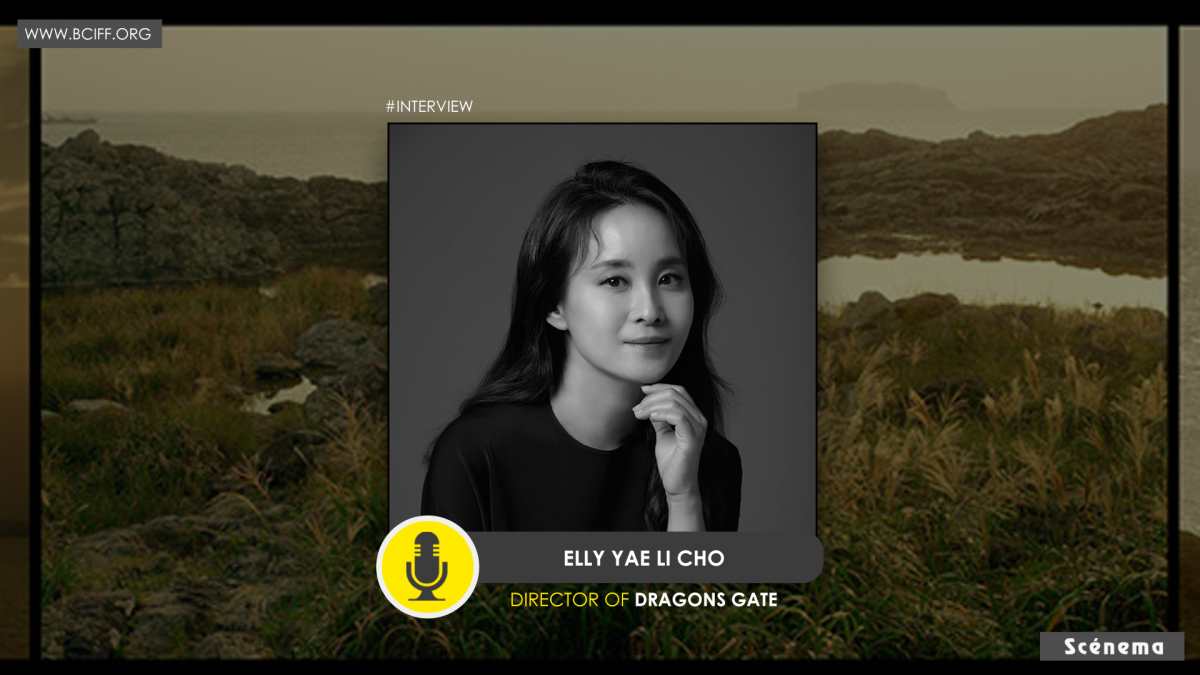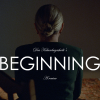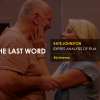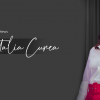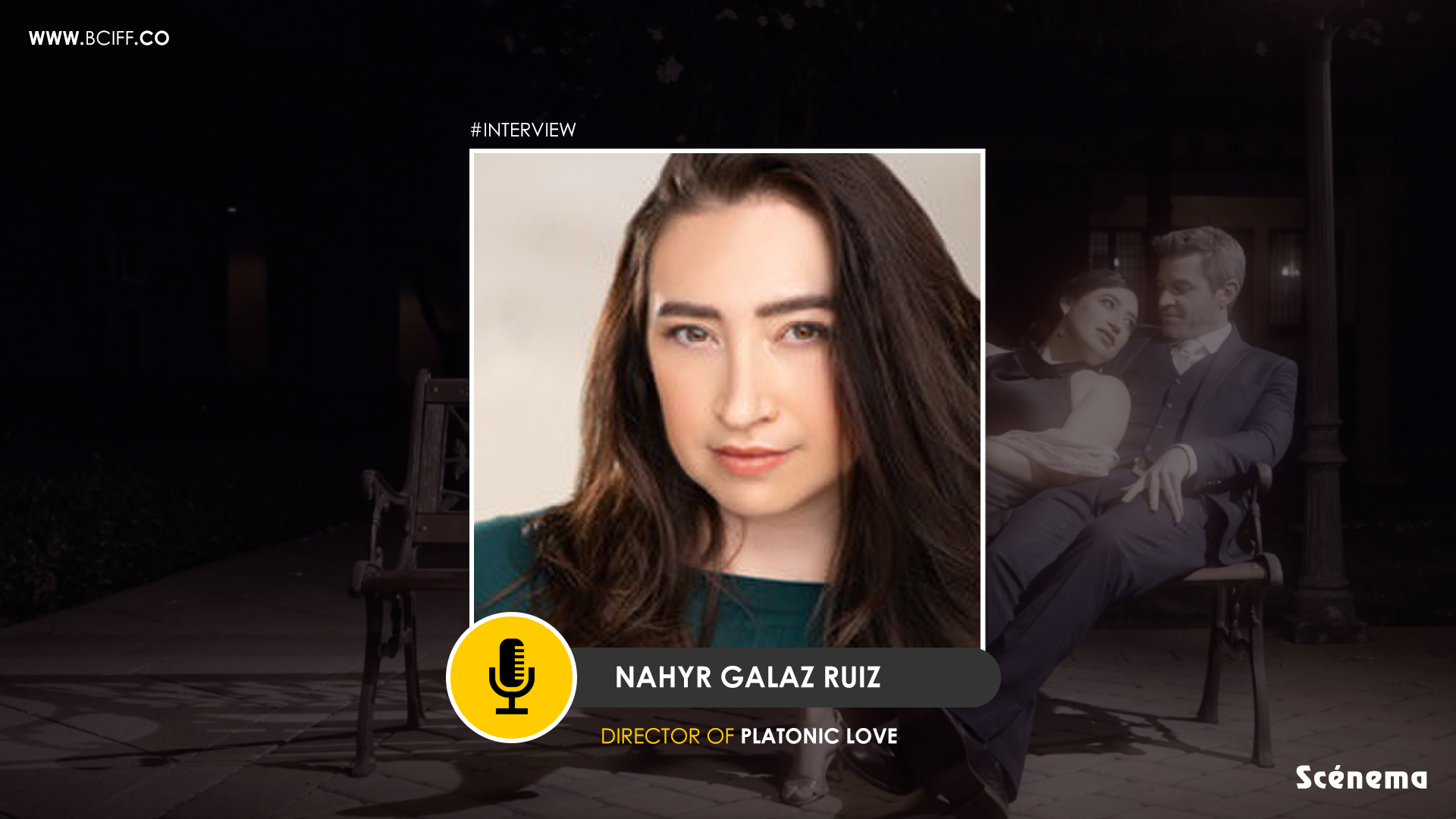Movie : The Eclipse : Recognized by the sound
Director: Elly Cho
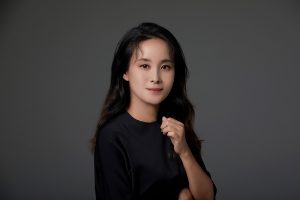
Please tell us something about the concept. When did it first occur to you?
This film is one that I have always wanted to make throughout my artistic career. It first occurred to me when I came back from New York after writing my thesis in 2011. I spent a lot of time at a library in New York writing my thesis, and during those times I only had time to write my ideas for future projects but couldn’t make the artwork because I didn’t have much time for anything beyond my academic writings. My ideas became clearer in 2014. It came so fast that I wanted to make this film as fast as I could because I wanted to get my ideas into action. I started writing this script in 2014 and finished in 2015.
The Eclipse: Recognized by the Sound is a silent film about my memories of growing up that became the fragments of imagery that compose the whole story. The concept of this film is the memories, using it as a flow of consciousness and playing with the unconscious memories at the same time using sound multi screens.
Tell us about your love for movies. What inspires you the most?
I think the places I grew up in my childhood inspired me first. I had a clear vision from the beginning of the script. Second, when my brother died, I was in London and couldn’t go to his funeral because I couldn’t get an airplane ticket.
So not being able to attend his funeral made me feel guilty and led me to grieve longer. I had to include London in the film as a place of grieving and contemplating the human condition that affected my spirit.

You have explored the concepts of Nostalgia and the past in the most astute manner. Tell us something about this.
The Eclipse: Recognized by the Sound is a silent film about my memories of growing up that became the fragments of imagery that compose the whole story.
Since growing up, I have experienced the importance of nature and environment, experiencing the city life in Seoul but having a second home in Jeju Island. I wanted to depict a young girl wandering in the woods and on the seashore experiencing the untouched nature and communicating with nature, which was my own experience and memory. I wanted to communicate a message that can be self-read through the imagery and sound of nature in this film. I also wanted to get an imaginative response from the viewer’s personal recognition about nature. I imagine this can be a variety of responses from wanting to be in nature to knowing their own value of nature. The memory of my childhood starts from my home in Seoul, expanding it in the dream-like context of a confused girl wandering around nature.
This was filmed in three different places: Seoul, Jeju Island, and London. I filmed it in my own house and garden because all my childhood memories start from my house. Since my father had business in Jeju Island, we used to spend every vacation there. I took all the film crew and spent three days on the Island. It’s one of the most beautiful places in Korea for me. It had more untouched nature back in the 70’s and 80’s, though, which is what I tried to depict in this film. London is a place where I spent all my 20’s studying at the University, so that is why I included that location.
Tell us something about the background score. How important do you think it is for a sound designer to get the bgm right?
During the process of editing my film The Eclipse: Recognized by the Sound, I came up with the idea of using the bgm in the beginning and end of the film, using it as a means to create the background of the 80’s in Korea. I didn’t want to connect the bgm directly to my film because it might cause a viewer to misread the flow of the film if I didn’t actually write the music for this specific film. To tell you the truth, I couldn’t spend more money on the music part of the film at the time, but I am quite pleased about what the music is doing in this work. A film critic at TMFF in Scotland said that “Yong Pil Cho’s song doesn’t necessarily become a support of the image but another obsessive element of the young woman’s memory.”
The sound was important not just because it’s a silent film but also because it communicates nature with the viewer. In other words, it makes up the story and completes the unspoken dialog. I was a quiet child and always wondered around in my own thoughts. I think nature was a friend to me when I was growing up; I liked wandering around the forest alone. This brought me back to the memories in nature and sound when I was composing the story in this film.
You have impeccably experimented with the concept of space by using three separate simultaneous frames. Tell us something about it.
I feel that I am more comfortable working with multi screens than just a single screen in general, because I can play around with time and space. In this film though, I wanted to create a dialog between the screens depicting the thoughts of the characters of the film and making a story more interesting by having different places in each screen that create
s its own narratives and tensions. It not only tells the story about my thoughts and feelings but also brings my memories into the realm of the senses, as such scenes put the subjects in a dream-like context.

Tell us how one could systematically categorise and eventually differentiate between the rural and the urban landscape?
I feel that the film’s landscapes can’t be systematically categorised and differentiated. It only stays as an idea or sense of a place rather than categorising a specific place, because the young girl is confused by her feelings and senses as she tries to put them together in an unorganised order. But one could categorise the rural and the urban landscape depending on the cultural state of a place. London and New York are big cities, but I feel they have a similar climate and life as in a small island, such as Jeju-Island.
What is your opinion of the concepts of experiences, excess and artistic release keeping your movie in mind?
The concept of experiences, for me, is the inspiration of daily life that has been piled up and released at a moment or a place at a certain point in my life as an artistic idea for my work. It could be years later for a specific experience or it could also be immediate. In those moments, I tend to think for weeks to develop the idea in my mind up to a point where I am sure of turning the idea into an action. Those experiences are usually thoughts and feelings of a place that is connected to a place I lived in.
You have explored themes of trauma and love in your movie. What were the things you had in mind while incorporating these in the movie?
Trauma became the motivation for this film, but love was sublimely hidden underneath the trauma since the beginning of the script. All these years, I didn’t express love for my brother, but it occurred when I finished the film and finally I felt that I had expressed my feelings of love by completing the film. In a way, I was looking for my feelings of love for him in the film as a young girl.
Tell us about the presence of agony in a certain form in your movie and the eventual catharsis experienced.
I would say that the act of making the film was partly a catharsis I experienced in relation to my brother’s death. The guilt of not being able to attend his funeral was an agony throughout my life. I have been mourning for ages because of this, and finally when I made the film I felt relieved that I acted on expressing my deepest love for my brother and wishing him to rest in peace.

Tell us about the significance of the audio visual medium in a story like this. Do you think moving ahead it shall play a potent role in a kind of cinema transgressing spoken language?
I feel I can transgress spoken language by using the sounds of nature and by using memory as a flow of consciousness, mixing the music as a source of dialog between the subject and the places. I may use this technique in the dance or documentary film I am planning at the moment. In the dance film, for example, it will be more movement-focused, but I would still use music as a source of a dialog between the dancers or between the dancers and the space the dancers are in.
With documentaries, it is more challenging, because I want to say things, make statements, and interview people about the subject matter. So in those cases, I want to experiment with the sound design, music, and movement of the actors, composing them as a flow of consciousness through past dialogues about the subject matter using multi-channel screens and music. It sounds abstract at the moment, but once I start doing the work it may become clear—as it always does in my process of making film and video.
Tell us something interesting about the places depicted in your movie.
Jeju Island is one of the most beautiful places in Korea. Being surrounded by mountains in my home in Seoul and spending a significant amount of time in the untouched nature in Jeju Island, made me feel that nature is something precious in my life. Funny thing was that I could only live in a house/apartment with natural surroundings, such as near the parks, even in London or New York.
I wanted to bring Thailand in the film because we had vacation homes in Phuket for more than 15 years. Phuket was also a big part of my family life, spending time with my brother during the winter vacation. We were apart from each other, other than those times spent in Thailand. I have a lot of good memories with my brother in Thailand. I didn’t have the resources to put it in the film, but I would like to make a new film in Phuket if I get to write the script sometime.
Tell us something about the dominant presence of the colour green in the movie, as the representative of nature in the movie.
Green in the film is probably the predominant colour because I filmed it in a garden, a park, a beach, and in the woods. It tells a story through that imagery of nature and sound, representing them almost like the main character of the film in some scenes. I was using nature and the young girl as an ensemble acting in the film.
What do you want to say about the music in the movie? How impressed were you?
I came up with an idea of using the bgm in the beginning and end of the film, using it as a means to create the background of the 80’s in Korea. I just chose a song by a singer that was representative of the 80’s in Korea but didn’t really want to use the song to support the film. It became rather a playful idea of childhood memory and nature in the film because the lyrics say “I can’t find you nightingale” repeatedly, like an echo—an echo in my mind trying to bring my memories back to those places.
Would you refer to the movie as a profound study on memory? Why or why not?
Yes, it is like a study, I would say. This film is biographical and a study of my memories during my childhood. I was learning what kind of memories I had with my brother and how much of my memories relate to him. It became biographical because he is not there anymore, but just traces of him. I actually felt that I found myself and what I want to do as an artist through making this film, which was a profound result of the film.
During the process of making this film I discovered that my approach to art making is largely inspired by the relationship between nature, environment, and the viewer’s perception of nature based on their personal history. So making artwork about my own history made me realise what I should do as an artist, which is to keep making artwork between nature, the environment, and human behaviour and protecting nature through art.

